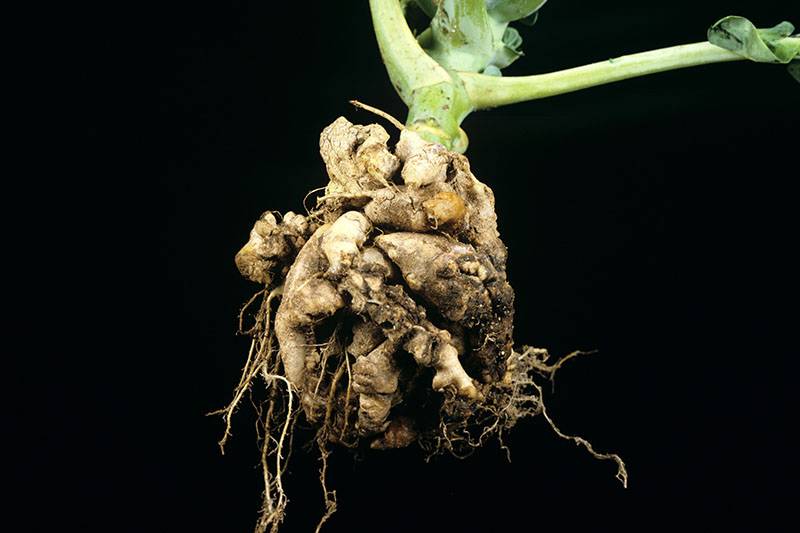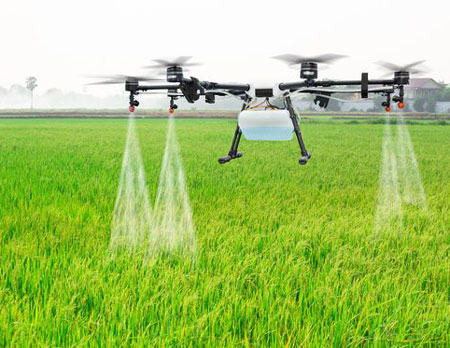Cabbage
Club Root

Plasmodiophora brassicae
Fungal Disease
Clubroot is a serious disease affecting cruciferous crops, caused by the soil-borne pathogen Plasmodiophora brassicae. It leads to gall formation on plant roots, impacting water and nutrient absorption.
Symptoms:
Formation of galls or swollen structures on roots
Wilting of plants under warm conditions
Stunted growth and yellowing of leaves
Check for root galls by uprooting suspected plants
Pathogen Characteristics:
Plasmodiophora brassicae is a soil-borne pathogen. Thrives in cool, moist environments. Can persist in soil and water for many years
Environmental Conditions Favoring Disease:
Temperature:
Optimal range: 20 to 26°C
Reduced infection below 17°C
Inhibited activity at extremely high temperatures
Moisture:Requires high humidity and moist soil for infection and sporulation
Soil pH:Prefers low soil pH, which increases pathogen activity
Management Tips:
1. Soil pH Adjustment: Apply lime to raise soil pH to above 7.0.
2. Crop Rotation: Rotate with non-host crops to reduce pathogen build-up.
3. Soil Drainage: Improve soil drainage to reduce moisture levels.
4. Hygiene: Remove and dispose of infected plants to prevent spread.
5. Resistant Varieties: Use clubroot-resistant cultivars where available.
Note: Ensure accurate diagnosis, as root-knot nematodes can cause similar galls on roots. Proper identification is key to effective management.




